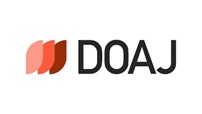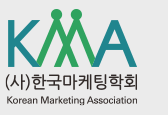Abstract
Product harm crises can distort long standing favorable equality perceptions, tarnish a company`s reputation, cause major revenue and market-share losses, lead to costly product recalls, and devastate a carefully nurtured brand equity. However, in spite of the devastating impact of product-harm crises, little systematic research exists to asses its marketing consequences. So, this study focuses on the negative publicity about companies and their products. Namely, this study presented how inclusion effect supported the relationship between negative publicity and consumers` response, market performance. According to the results, after negativity publicity was happened, it was appeared that the negativity image spread into other product lines(spillover effect; inclusion effect). Also, when they contact with the negative publicity, respondents negatively evaluated both production evaluation and corporate evaluation. And, in that case of the products with negativity publicity, compared with refutation strategy(defense strategy), improving strategy(correction notice) had positive influence on recovery of sales, product evaluation, and corporate evaluation. Finally, as the reaction time toward negativity publicity was faster, the market performance got worse. Especially, according to two-way interaction, when the reaction time was fast, the difference between refutation strategy(defense strategy) and improving strategy was not existed in product evaluation and corporate evaluation. However, when the reaction time was late(after a month), improving strategy had more positive evaluation than defense strategy in product evaluation, and corporate evaluation.
Recommended Citation
Park, Jong Chul; An, Woo Jun; and Lee, Han Jun
(2011)
"부정적 언론보도에 대한 기업의 대응시점 효과,"
Asia Marketing Journal: Vol. 12
:
Iss.
4
, Article 5.
Available at: https://doi.org/10.53728/2765-6500.1271
Creative Commons License

This work is licensed under a Creative Commons Attribution 4.0 License.





